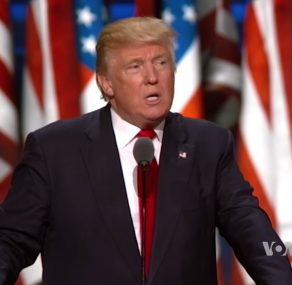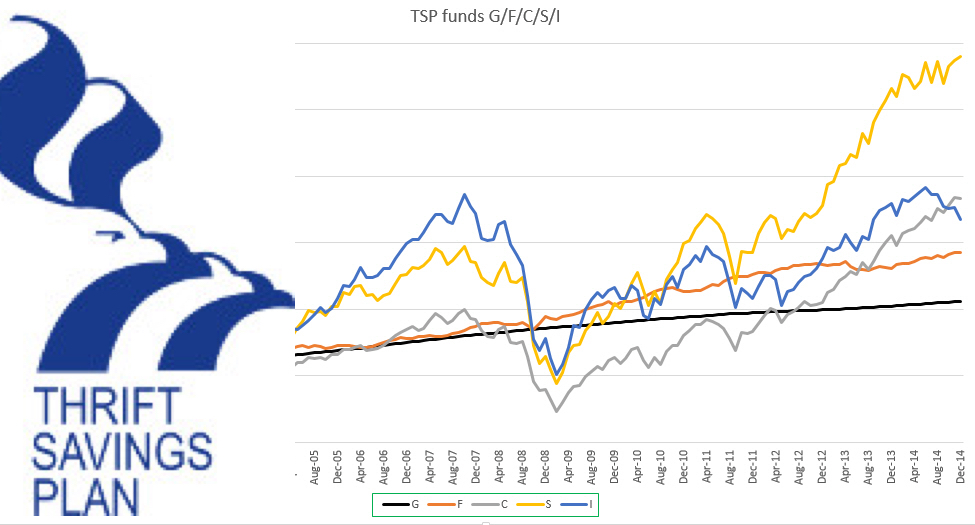TSP Officials Provide Explanation Of Law’s TSP Withdrawal Guidelines

Federal government officials recently announced how they’re going to offer TSP participants for additional flexibility in response to the law President Donald Trump signed last year.
The 2017 TSP Modernization Act lets federal employees and retirees make several age-based withdrawals from their accounts and still be eligible for the partial withdrawals when they finally leave their government position. People who leave their government post can make several partial post-separation withdrawals as well.

Advertisement
Advertisement
During the Federal Retirement Thrift Investment Board meeting, project manager supervisor Tanner Nohe informed others that agency employees were working on implementing the new law, which went into effect in November 2017. The law’s full implementation is expected September 2019.
According to rules presently in place, TSP participants can only make one partial withdrawal in their life – one after they leave federal service or one in-service at 59 1/2. Once the withdrawal has been made, they can no longer take money out of the account unless they want to make a total withdrawal – either in the form of an annuity, monthly payment or lump sum.
Nohe said the latest rules allow for participants to make multiple withdrawals –once every 30 days. They can also make in-serve based withdrawals four times a year if they want. He said the change is more of a processing rule than anything – a way to avoid duplications and mistakes.
The law gives participants more flexibility in how much and how often they want the monthly installment payments to be. Before the act was passed, former federal employees could get payments on a monthly basis, with changes as to how much made only during the open enrollment season – October through December.
With the impending changes, participants can choose to receive their TSP payments three ways – monthly, quarterly or yearly. They can also make changes to the amount and frequency whenever they would like and participants will be allowed to stop and start the installment periods. Retirees can make partial-post separation withdrawals even if they’re getting regular payments.
Nohe said before the new laws’ provisions are enacted, the TSP will stop the account abandonment practice in August. According to current TSP and ITS rules, a 70 1/2-year-old participant is required to make a full withdrawal and take the necessary minimum distribution amount out every year.
A person who fails to do this means the TSP moves their money into the G Fund – the government securities that amass a statutorily mandated interest rate and forces participants to make them aware of changes.
Kim Weaver, spokeswoman for the Agency, said this typically causes people to reach out to them, letting them know how they want payments to be set up and what amount of money is to be reinvested in their other portfolios.
Nohe said the change means a full withdrawal option is no longer needed. Rather than abandoning accounts, the agency sends participants a check for the minimum withdrawal payment as noted by law. Participants can also choose if the required payments be withdrawn from their Roth or standard account or the combination of them.






